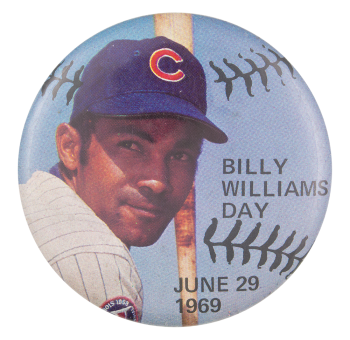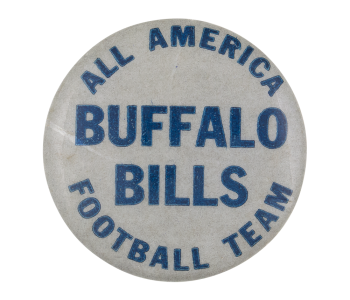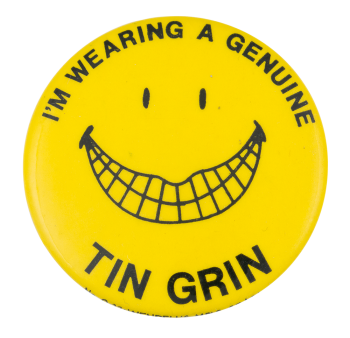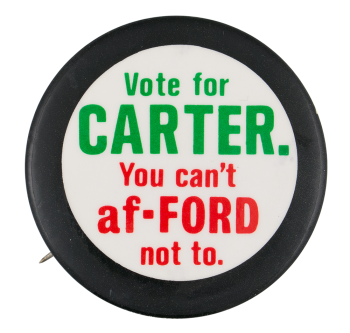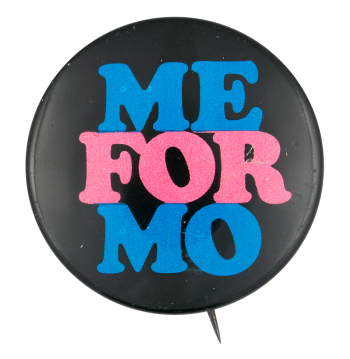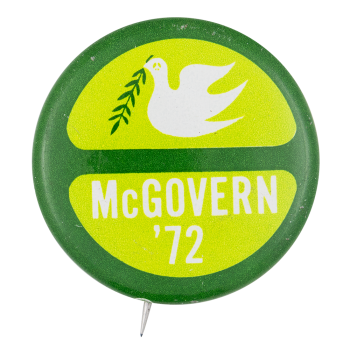Billy Williams Day
| Category | |
|---|---|
| Additional Images | |
| Sub Categories | |
| Text on Button | BILLY WILLIAMS DAY JUNE 29 1969 |
| Image Description | Photo of Billy Williams holding a baseball bat. Black text |
| Back Style | |
| The Shape | |
| The Size | |
| Year / Decade Made | |
| Additional Information | On June 29, 1969, the Chicago Cubs held a celebration to honor their left fielder, Billy Williams, who on that day was playing in his 896th consecutive game. In doing so, Williams beat Stan Musial as the National League record holder. The ceremony to honor the occasion was held between games at Wrigley Field during a double-header against St. Louis. Williams was honored with a new Chrysler and a boat amongst other gifts from the Cubs organization. The Cubs won both games with scores of 3-1 and 12-1. William's continued to play in the MLB until 1976. Upon his retirement, Williams was inducted into the National Baseball Hall of Fame in 1987 and was named a finalist for the Major League Baseball All-Century Team in 1999. Read more about the History of Cubs Buttons on the Busy Beaver blog. |
| Catalog ID | SP0170 |

